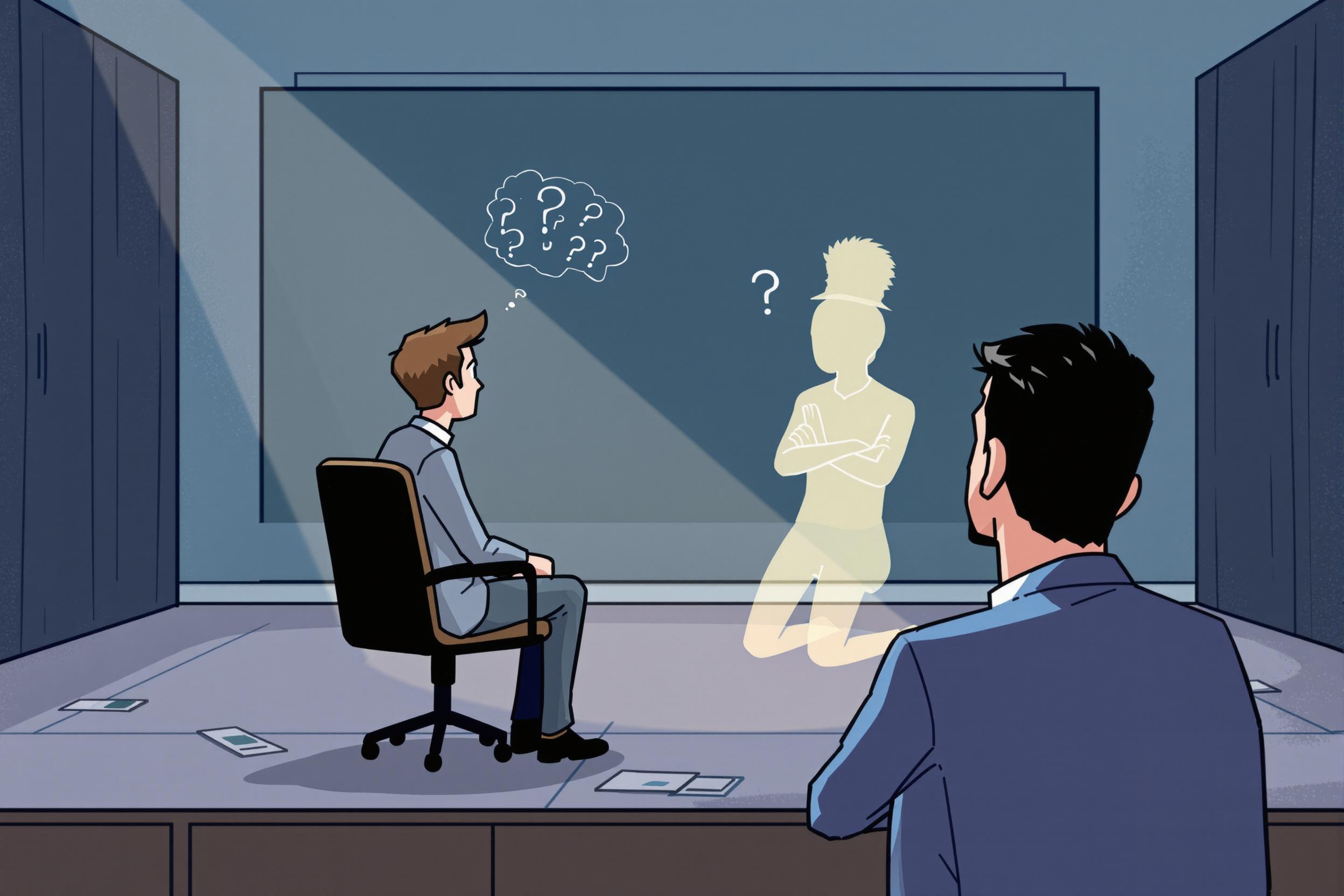
End Match
End Match is a woodworking technique used to create seamless joints where two pieces of wood meet at their ends. This skill is particularly important in furniture making and cabinet construction. When someone mentions End Match on their resume, they're referring to their ability to create these precise joints that make wood pieces flow together naturally, almost like they're one continuous piece. It's similar to putting together puzzle pieces perfectly, where the pattern or grain of the wood continues smoothly across the joint. This technique is especially valuable in hardwood flooring installation and high-end furniture making.
Examples in Resumes
Specialized in End Match techniques for custom hardwood flooring installations
Created seamless wood patterns using End Match and End Matching methods in cabinet making
Trained junior carpenters in proper End Match procedures for furniture production
Typical job title: "Woodworkers"
Also try searching for:
Where to Find Woodworkers
Professional Organizations
Online Communities
Job Resources
Example Interview Questions
Senior Level Questions
Q: How would you handle a complex end match project with different wood species?
Expected Answer: A senior woodworker should discuss grain matching techniques, wood movement considerations, and methods to account for different expansion rates between wood species.
Q: Describe your process for training others in end matching techniques.
Expected Answer: Should explain their teaching methodology, common mistakes to watch for, and how they ensure quality control while mentoring less experienced workers.
Mid Level Questions
Q: What factors do you consider when end matching wood for a large flooring project?
Expected Answer: Should mention wood acclimation, room humidity, grain direction, and planning the layout to minimize waste while maintaining pattern continuity.
Q: How do you ensure consistency in end matched joints across multiple pieces?
Expected Answer: Should describe their quality control process, tools used for measurement, and techniques for maintaining uniformity across the project.
Junior Level Questions
Q: What basic tools do you use for end matching?
Expected Answer: Should be able to list essential tools like measuring devices, cutting tools, and basic equipment needed for creating clean end matched joints.
Q: How do you prepare wood for end matching?
Expected Answer: Should explain basic preparation steps including measuring, marking, and ensuring wood is properly conditioned before working.
Experience Level Indicators
Junior (0-2 years)
- Basic wood joint creation
- Understanding of wood grain patterns
- Use of basic woodworking tools
- Simple end match techniques
Mid (2-5 years)
- Complex pattern matching
- Multiple wood species handling
- Quality control procedures
- Efficient material usage
Senior (5+ years)
- Advanced joinery techniques
- Project planning and supervision
- Training and mentoring
- Custom design solutions
Red Flags to Watch For
- No hands-on experience with wood joinery
- Lack of knowledge about different wood types and grain patterns
- No experience with precision measuring tools
- Poor understanding of wood movement and seasonal changes
Need more hiring wisdom? Check these out...

From Farewells to Future Allies: Transforming Exit Interviews into Lifelong Connections

Ghosted Again? How to Stop Candidates from Disappearing and Start Engaging Them Better

Resume Optimizations that Candidates Do to Get Past AI Hiring Filters

